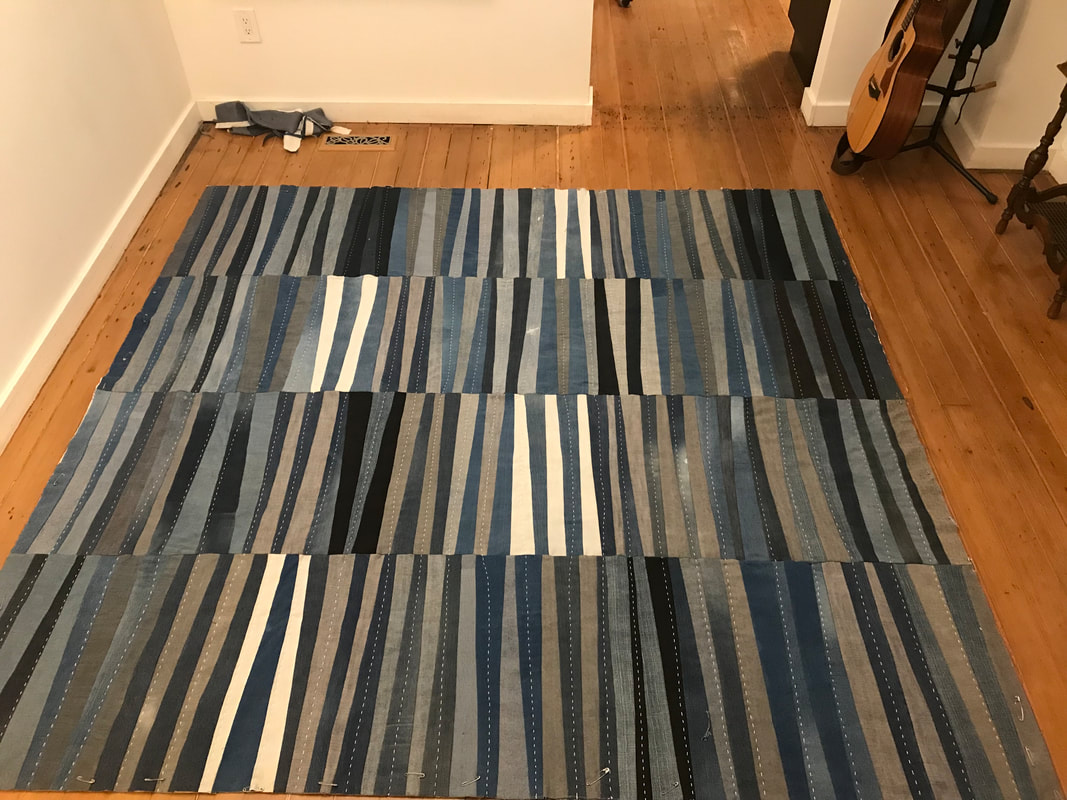
I started the artwork just after returning from his ashes-scattering ceremony on one of the Gulf Islands, as he requested in the few weeks before his death. I had suggested a flotilla led by his “Brudderhood” of friends, on the Sabine Channel. He liked that but said, with some difficulty, They’ll never make it.
But they did, buoyed by a legendary/hazardous flotilla at one of their dads-and-kids camping trips. It was everything he would have wanted. An odd collection of watercraft was rafted together and his two teenage sons poured the ashes into the ocean, creating a cloud of what my brother would have called “a lovely turquoise.”
My sisters and I would exchange smiles whenever he described his many plans as Lovely, usually emphasized with a fluttery hand gesture. It was his signature descriptor in his otherwise utilitarian, East Van vernacular.

The urge to use those jeans stitches up nicely with the waste-not-want-not sensibility of mottainai that has been informing my work and life since living in Japan in my early 20s. Old jeans are too rich in embedded modern culture to not use. And these particular jeans needed a new narrative.
Stories told in cloth throughout the world are often worked up not as a pre-planned design but as a journey. This is one of those. After I stitched together the scraps of the memory landscape I traversed it with more sashiko in different blues, then added french knots for sand, and in the centre, swirls of stitches in shades of turquoise. I considered adding the kayaks, paddleboard, my skiff, his motorboat, maybe an air mattress or a driftwood log or two but decided against adding that cluttered narrative to the already raggedy, improvisational patched piece.
I chose instead to stick to the feeling of that golden moment of that lovely final goodbye.
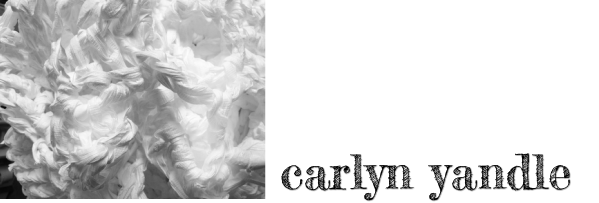


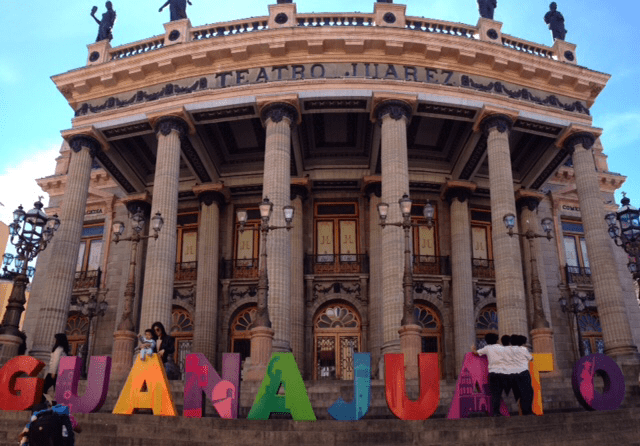
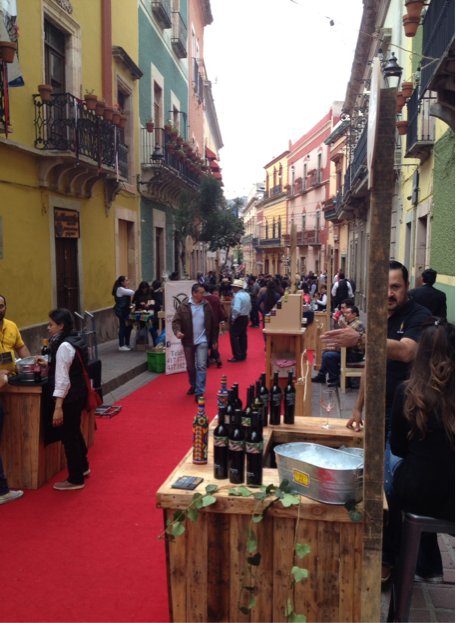
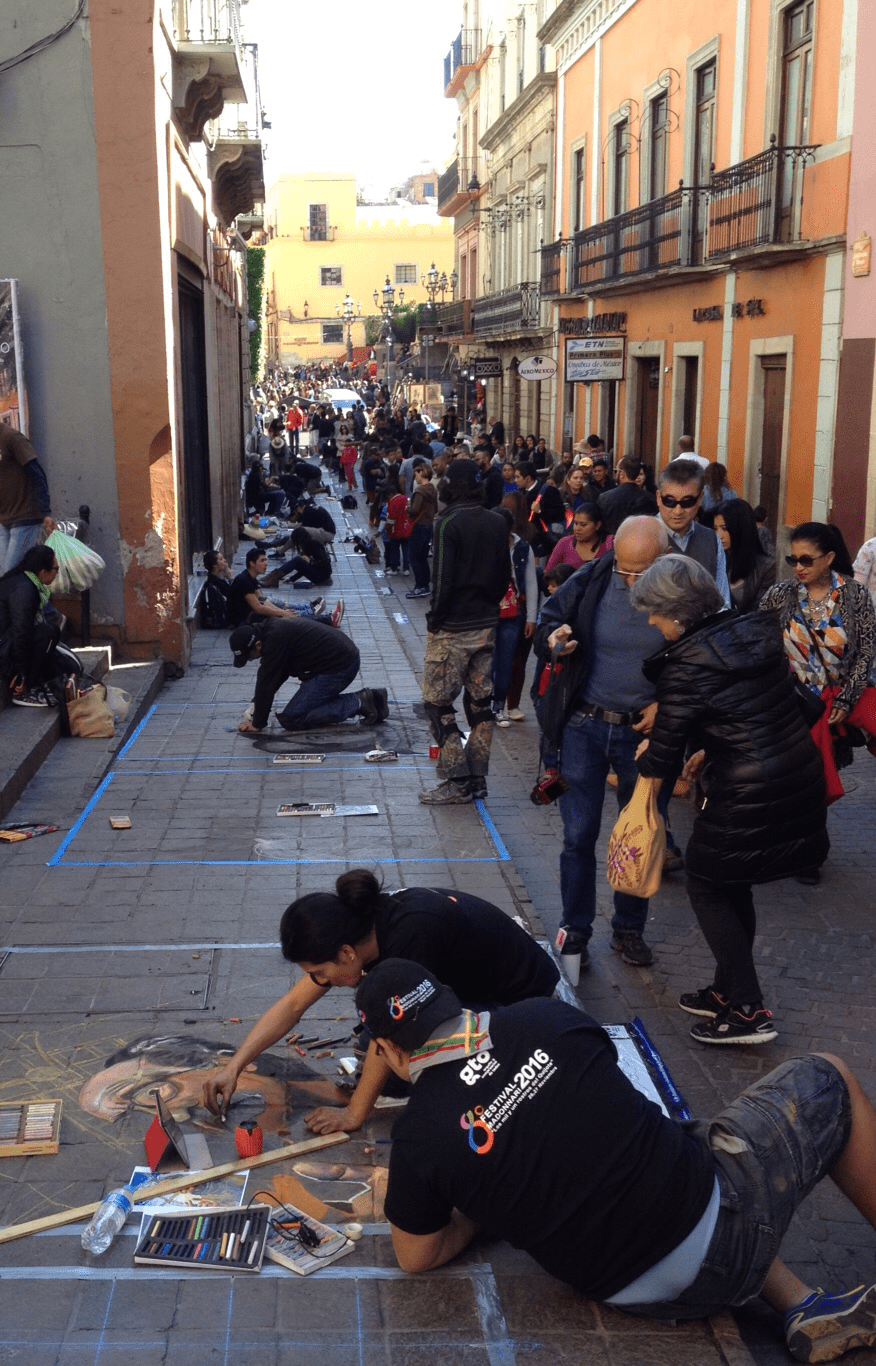
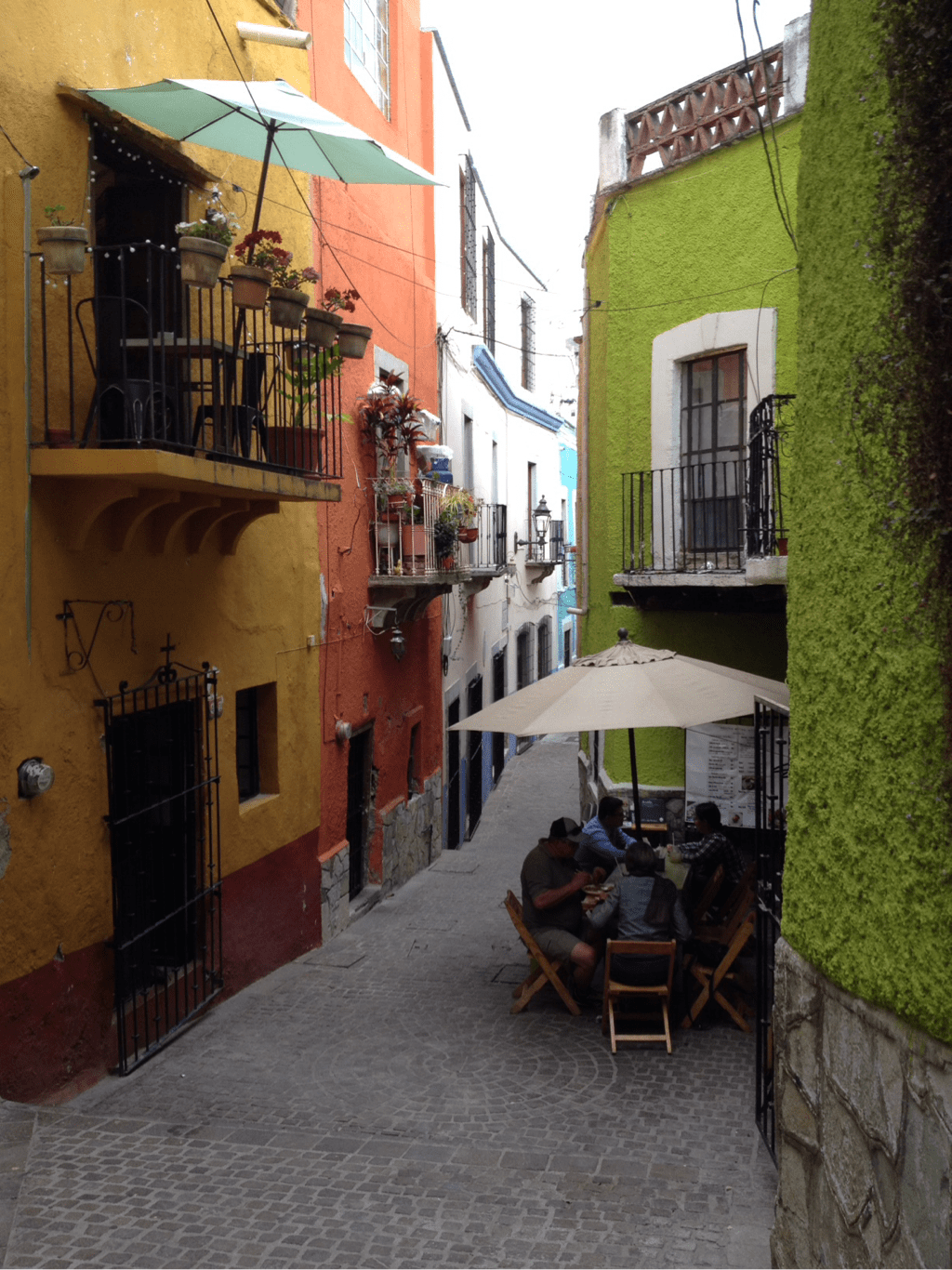
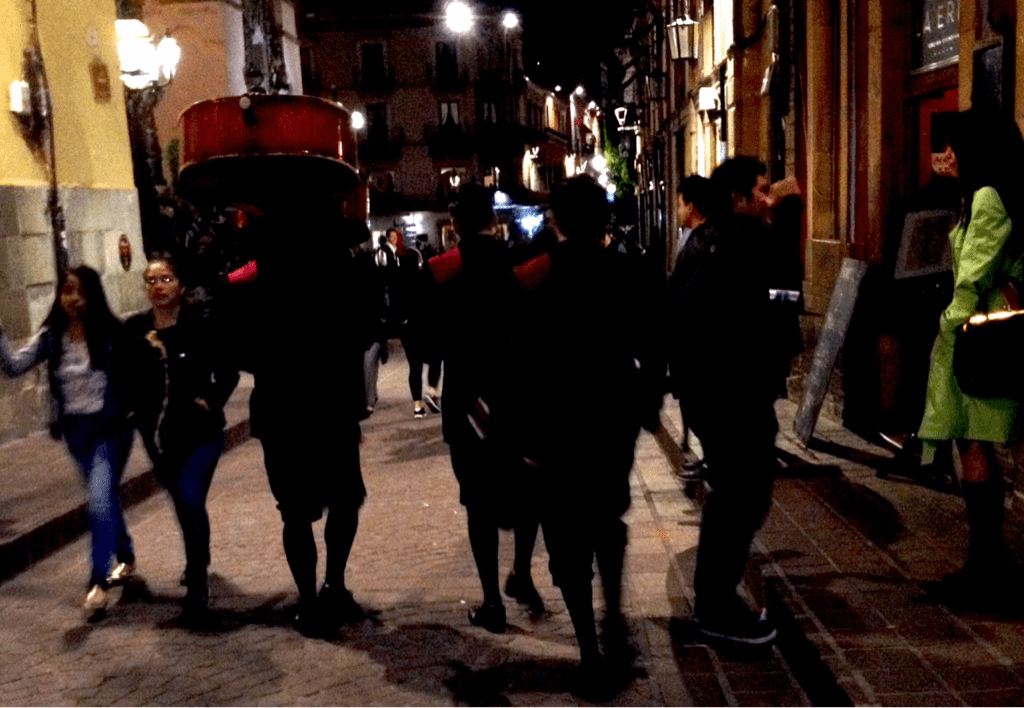
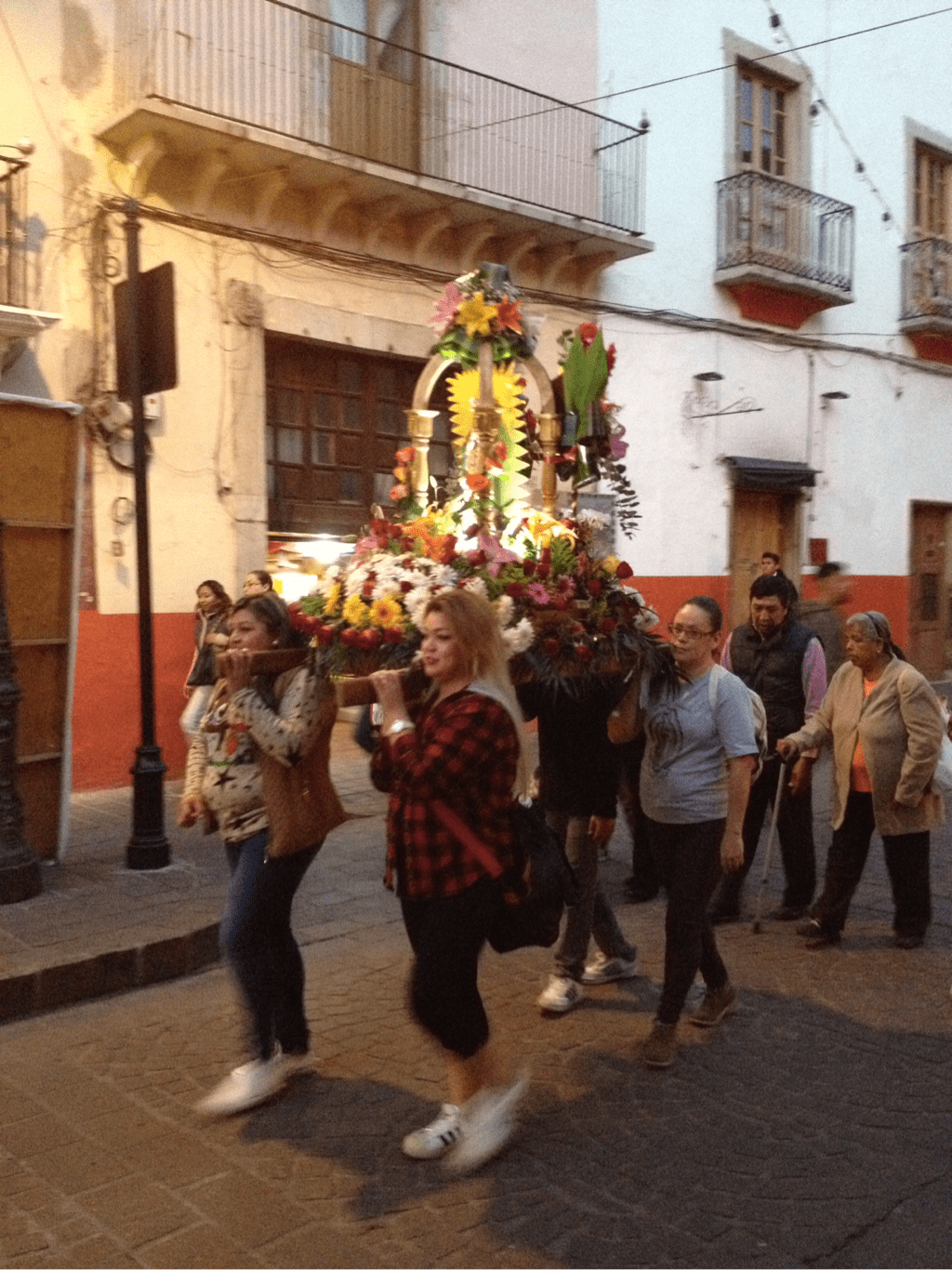
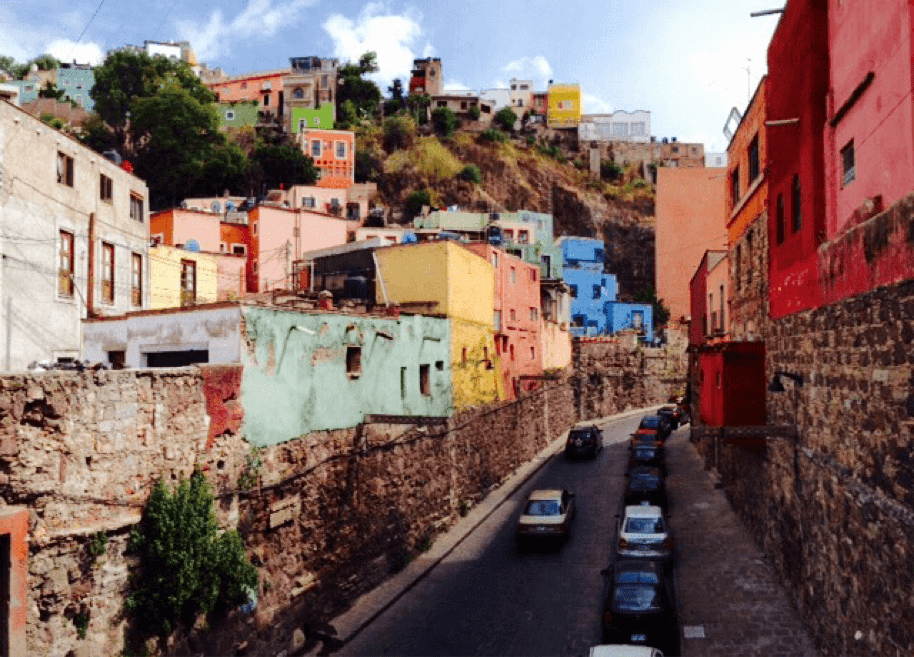
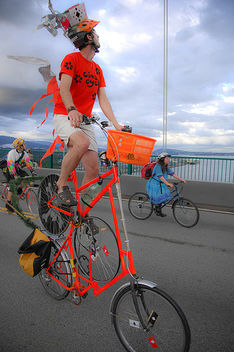
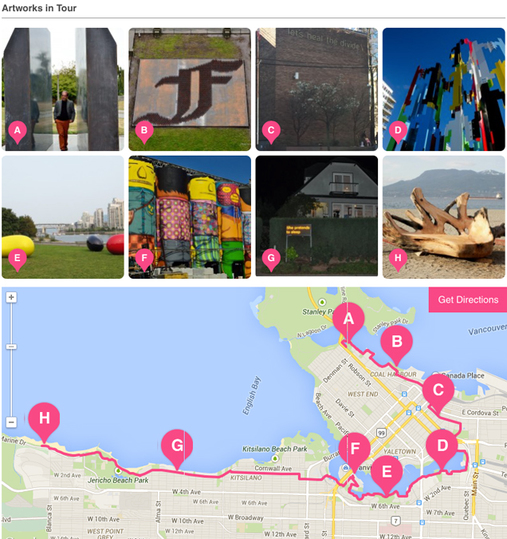
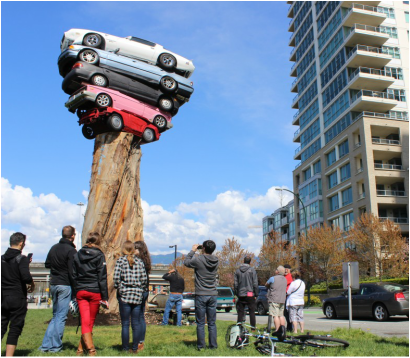
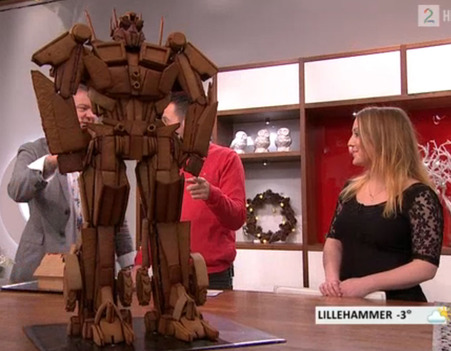
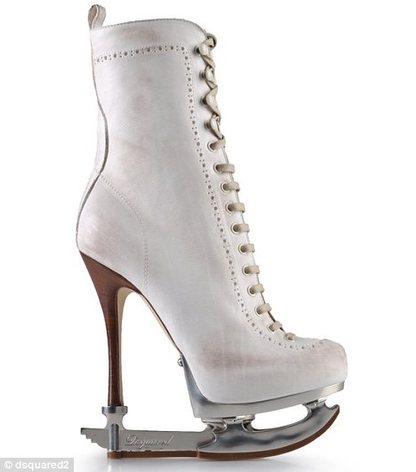
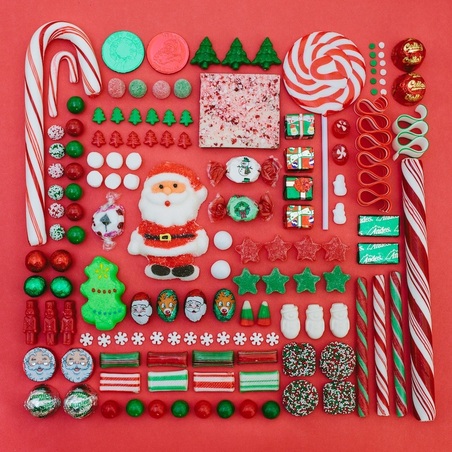
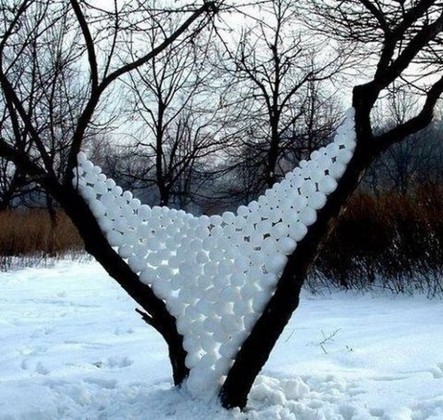
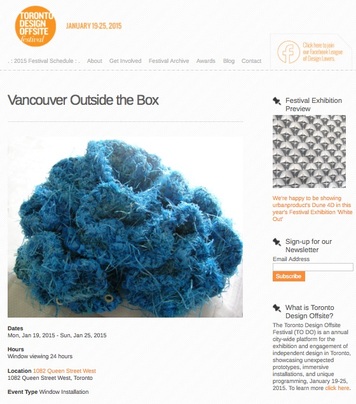
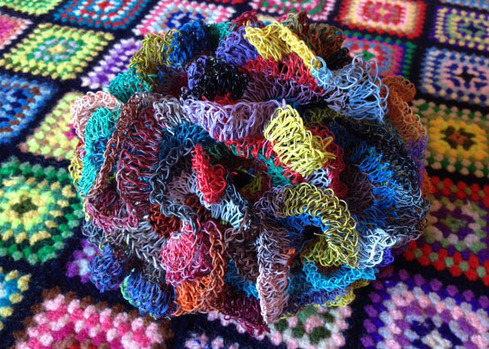
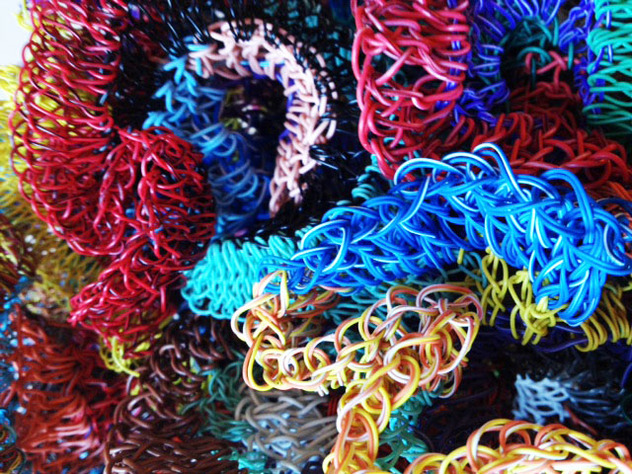
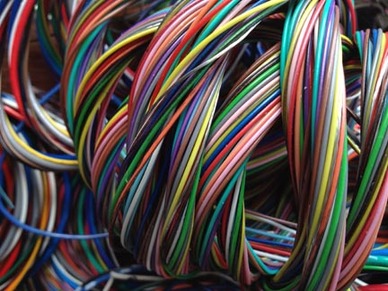
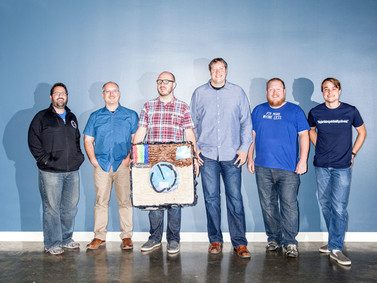

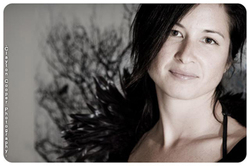
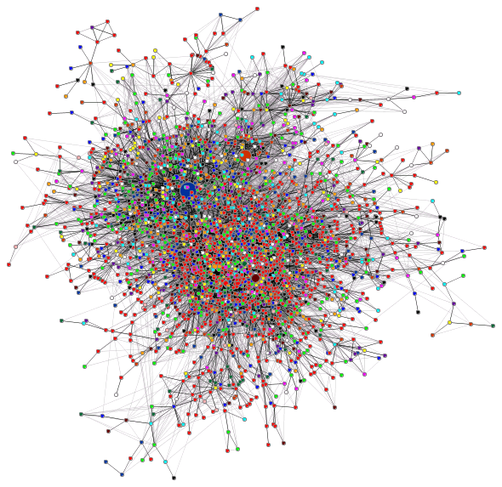
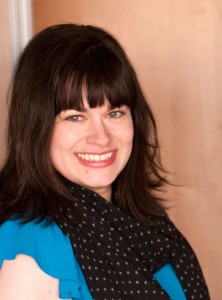
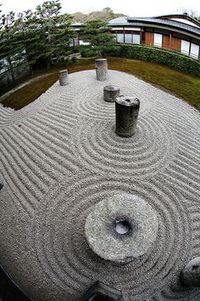
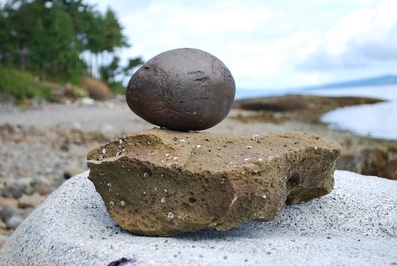
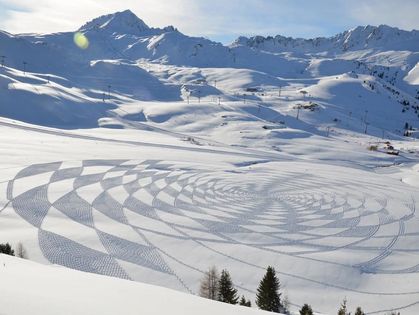
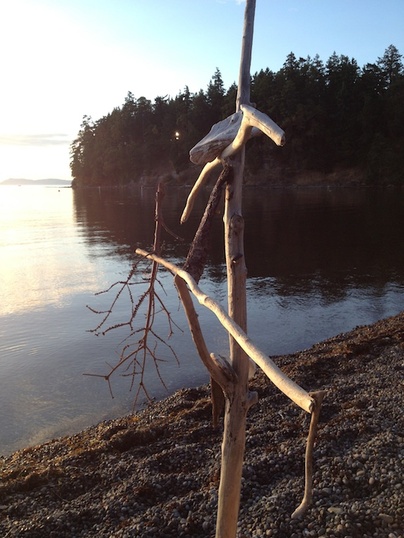
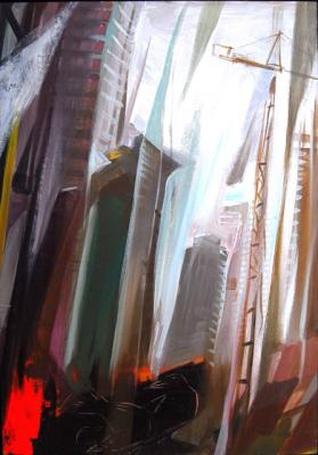
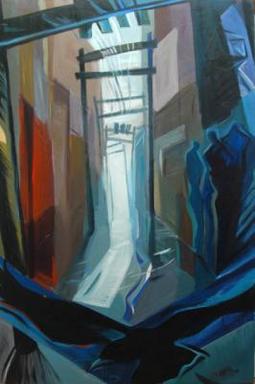
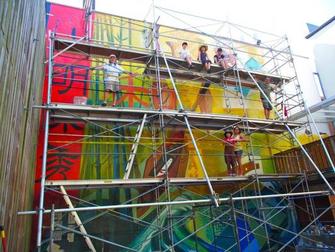
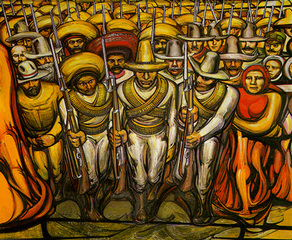
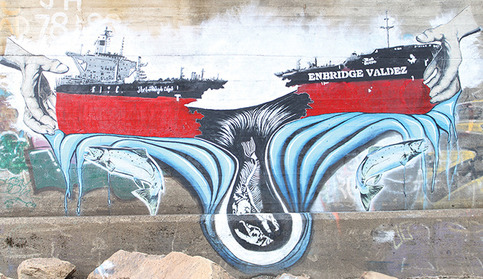
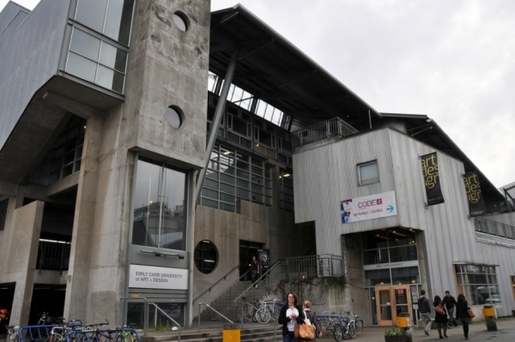
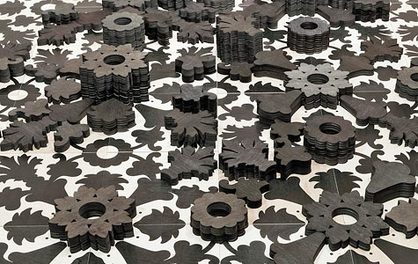
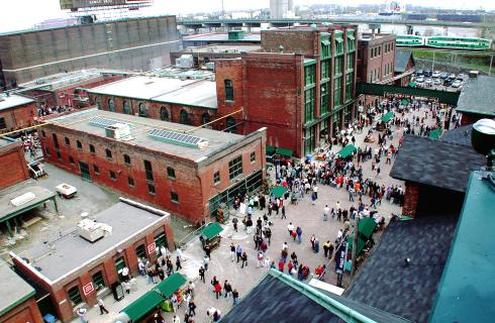
 RSS Feed
RSS Feed

